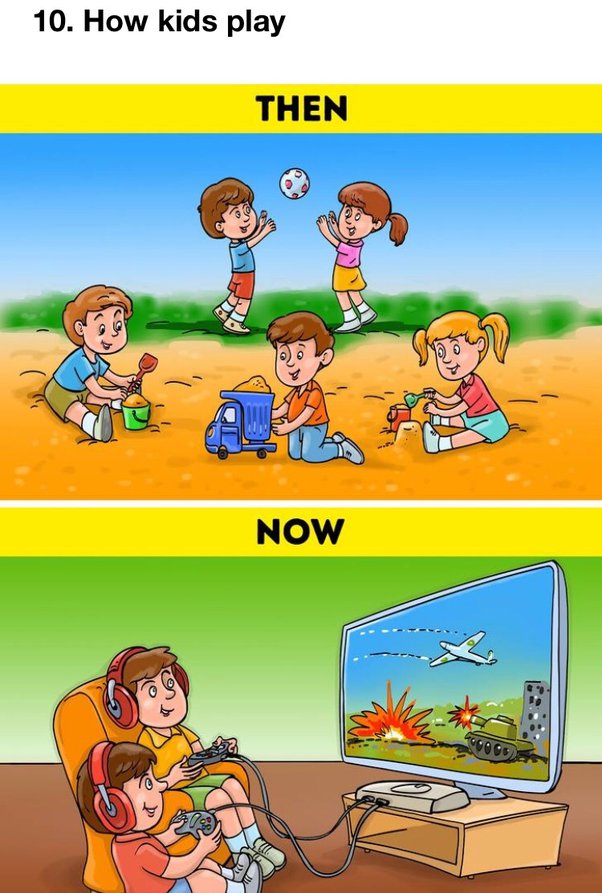5 Ways Technology Has Changed Our Lives
With fast connections, 5G wireless technology may offer faster download speeds than wired internet. The speed will not only reduce congestion and improve connection quality, but it will also open up new possibilities for connected devices. Robotic exoskeletons are already in use by the military. These machines could allow the disabled to move about freely. We’ve already used prosthetic limbs and robotic bodies, but a robot body could give us a new level of freedom.
Communication has reached new heights
Technology has paved the way for advancements in many areas, from agriculture to the work place. New methods of communication have been developed, such as video calling and the printing press, which have shaped the way we communicate. Mass media, such as television and radio, have become indispensable sources of information and entertainment for the world. These technologies also have expanded the reach of communication beyond the confines of the office. These innovations have improved the quality and quantity of communication, making it easier for employees to collaborate and communicate more effectively.
AI integration helps farmers monitor and understand situations that are not visible to the naked eye
A number of manual processes in agriculture require the intervention of a human farmer. But the integration of AI in agricultural practices makes these tasks more efficient. AI can process big data on a digital platform and determine the best course of action. When integrated with other technologies, AI can also simplify the selection process of crops and identify the most profitable produce. It can also collect data about plant growth and development, enabling farmers to grow crops with greater yields and reduced disease risk.
Farmers can use AI to track soil health and provide fertilizer recommendations based on the data collected. With a high degree of precision, AI can also monitor weather conditions. It can also track the readiness of crops and determine which ones need irrigation or pesticide treatment. Farmers can also use AI to develop innovative farming techniques to increase food production while minimizing resource use. A vertical agricultural system, for example, reduces the use of herbicides and increases the profit of harvests. The cost savings of using AI in agriculture can be substantial.
IoT devices can improve at-home safety
The Internet of Things (IoT) connects a variety of sensors, lighting, and alarms to create a smart home. Smart home security cameras provide peace of mind, and activity trackers monitor key health indicators in real time, such as physical movement, blood pressure, and oxygen levels. These devices can also detect trespassers and detect small leaks. However, these systems can be vulnerable to abuse, so careful installation is necessary.
IoT devices are increasingly becoming smarter as the technology continues to improve. Using a smart fridge, for example, can help you avoid running out of essentials. Smart devices like these can alert you when you’re near the supermarket and when you’re low on food. The only downside to IoT devices is the risk of cyberattacks. Many IoT devices are susceptible to hacking and can store personal information.
Streaming films and music is perfectly normal
As the world continues to become more digital, streaming films and music has become increasingly commonplace. In fact, it has become so commonplace that streaming has become a part of life, and not a luxury. However, the current economic system for film composers is not working. Most big-name filmmakers farm out the music and score creation to uncredited “ghost composers,” who receive no royalties. Artists and composers are increasingly calling for recognition and a fair share of profits.
While streaming technology is getting increasingly sophisticated, there are still a few drawbacks. While it is perfectly normal to stream films and music online, an intermittent or dropped internet connection can cause problems. The biggest problem is buffering, when a video or song stops playing for a long period of time while the next segment fills the buffer. In addition, it can cause media content to freeze while struggling to reach real-time.

